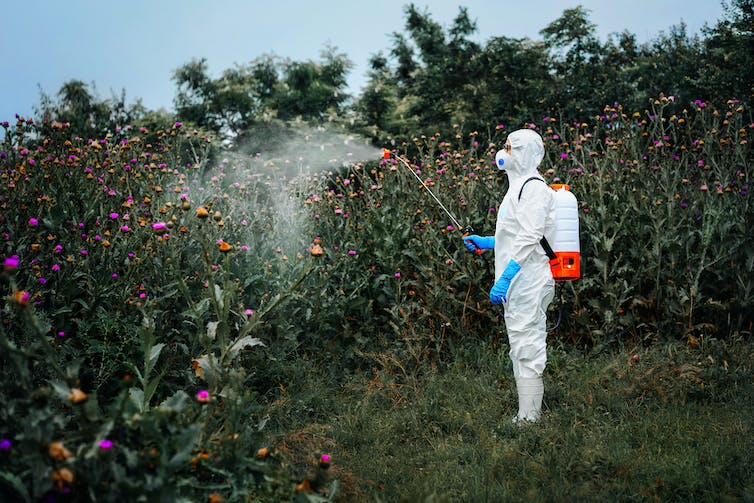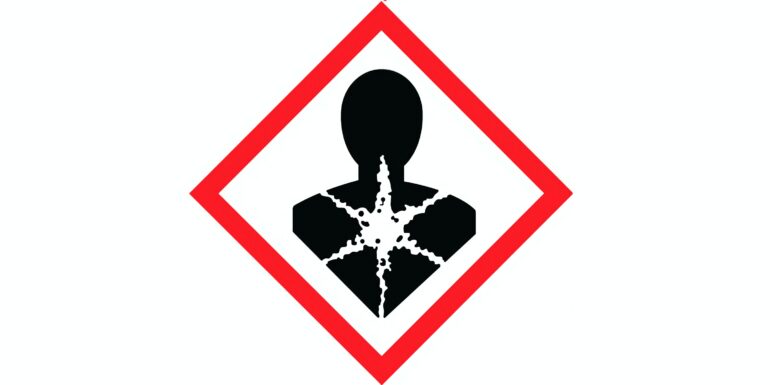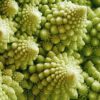People are exposed to numerous chemicals throughout their lifetimes. These chemicals can be from the air, foods, personal care items, household products and medications. Unfortunately, exposure to certain chemicals can cause harmful health effects, including cancer. Substances that cause cancer are called carcinogens. Familiar examples include tobacco smoke, radon, asbestos and diesel engine exhaust.
To protect the health of the public, national and international health agencies evaluate many new and existing chemicals to determine if they are likely to be carcinogens in a process called cancer hazard identification. If agencies judge the chemicals to be carcinogenic, they conduct further assessments to determine the level of risk, and legislators may put regulations in place to limit, or completely halt, the production and use of these chemicals.
I am a scientist who studies how the human body processes foreign chemicals, like environmental pollutants and drugs, and the effects of these chemicals on health. As part of my work, I have participated in chemical and cancer hazard identifications for several agencies, including the World Health Organization’s International Agency for Research on Cancer. Here’s how chemicals can cause cancer, and how we classify chemicals based on on how carcinogenic they are – sometimes with controversial results.

Glyphosate, an herbicide used in products like Roundup, was classified by the IARC as carcinogenic to humans in 2015.
Adriana Duduleanu/EyeEm via Getty Images
How do chemicals cause cancer?
The mechanisms behind how toxic chemicals can lead to cancer are complex.
After a person is exposed to a carcinogen, the chemical is generally absorbed into the body and distributed into different tissues. Once the chemical has moved into the cells, it often undergoes chemical reactions that convert it into other forms.
The products of these reactions can directly or indirectly affect the cell’s genes. Altering genes, which contain the cell’s instructions on how to produce specific molecules, or the processes that regulate them can ultimately result in dysfunctional cells if the genetic damage isn’t repaired. These cells don’t respond normally to cellular signals and can grow and divide at abnormal rates, which are characteristic features of cancer cells.
How are chemicals classified for carcinogenicity?
To help safeguard the public and reduce the incidence of cancer, several agencies have developed procedures to classify and categorize chemicals based on their potential to be carcinogenic.
Among them are the International Agency for Research on Cancer, or IARC Monographs; the National Toxicology Program, or NTP; and the U.S. Environmental Protection Agency, or EPA. In general, these agencies examine a critical question: How strong is the evidence that a substance causes cancer or biological changes that could be related to cancer in people?…



